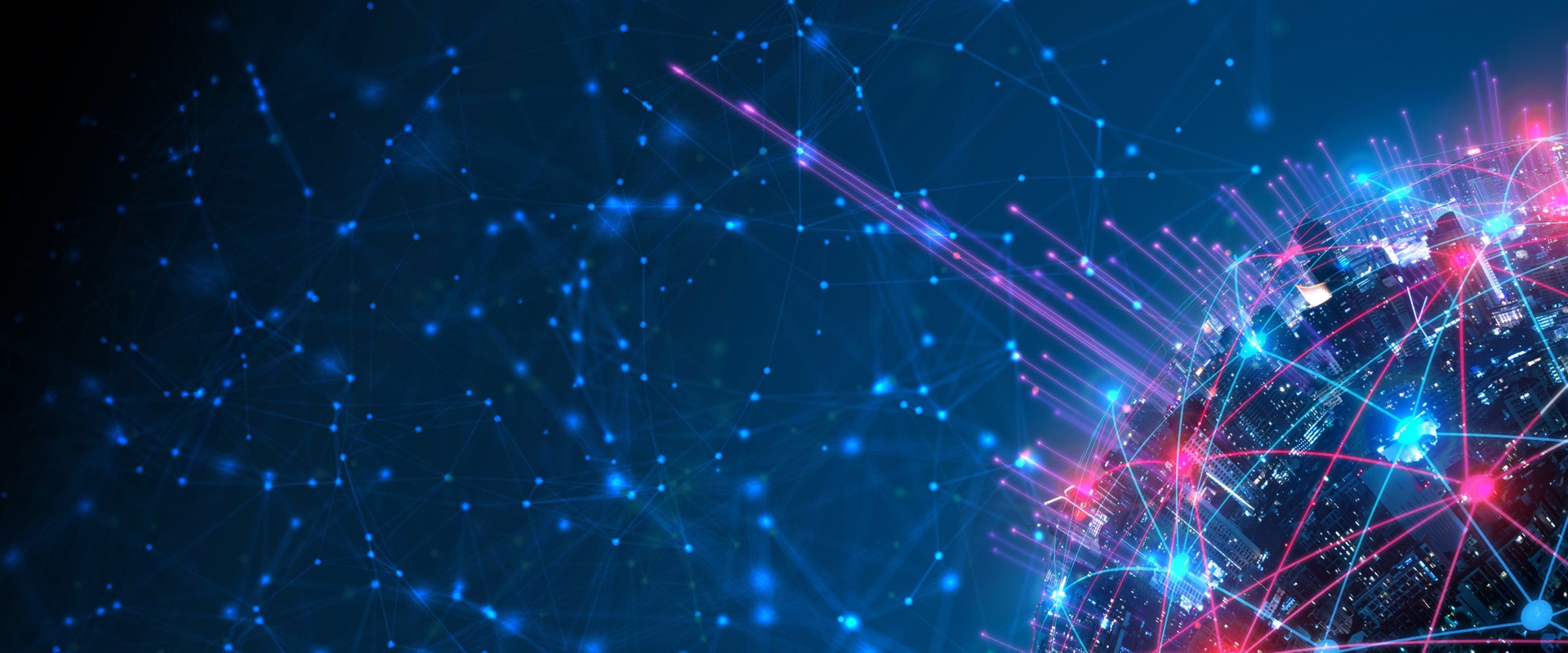
Cybersecurity and Compliance Monitoring and Management
IT infrastructure security
The cybersecurity of an organisation, its personnel, systems, and data is a major challenge. Many advanced tools administered by specialised persons are in use to handle it. On the other hand, each organisation needs to see a broader picture, i.e. have a coherent and comprehensive security policy in place to be able to respond to security issues at a higher and more general level than through individual and isolated solutions. An extra factor that further complicates the situation and contributes to the automation and integration of security tools is the difficulty in recruiting qualified administration and security resources.
In Brief
Take advantage of the credentials and identity management opportunities to tackle the following issues and challenges:
- I want to be able to correlate security events from different infrastructure areas.
- I want to respond to important alerts quickly.
- I am not sure if my organisation resources are sufficient to deal with security administration, monitoring, and response using multiple and separate cybersecurity tools.
Takeaway
It is not easy to provide a sufficiently high level of organisation’s security and implement a coherent security policy, given the shortage of qualified personnel and too many tools to be handled by existing IT administrators and security teams.

 Cybersecurity solution vendors are laying more and more emphasis on simplifying administration procedures and on the greatest possible tool integration. Novel integration technologies allow the collection and standardisation of data sourced from many tools, support data interchange between different tools as well as enabling data filtering and forwarding to other tools. An example of this approach is SIEM or SOAR, most often deployed in security operation centres (SOC) in organisations responsible for monitoring and response or in risk management or information security units responsible for ensuring compliance with the organisation’s security policies and regulations applicable to specific markets and industries.
Cybersecurity solution vendors are laying more and more emphasis on simplifying administration procedures and on the greatest possible tool integration. Novel integration technologies allow the collection and standardisation of data sourced from many tools, support data interchange between different tools as well as enabling data filtering and forwarding to other tools. An example of this approach is SIEM or SOAR, most often deployed in security operation centres (SOC) in organisations responsible for monitoring and response or in risk management or information security units responsible for ensuring compliance with the organisation’s security policies and regulations applicable to specific markets and industries.
Benefits
Greater integration and automation of security management procedures
Collection, standardisation, and transfer of appropriate information to recipients: systems or organisation’s departments
Minimised risk of non-compliance with applicable policies and regulations
Easier monitoring of events recorded IT and cybersecurity tools
Quicker detection and response to important alerts and incidents in the security domain
Questions
- How do you ensure access to key systems and data only by authorised persons?
- How do you confirm the identity of persons using vital resources?
- Do you limit access to information on a need-to-know basis?
- Are you able to share resources and data outside in a secure manner?
- How do you deal with the phenomenon of shadow IT?